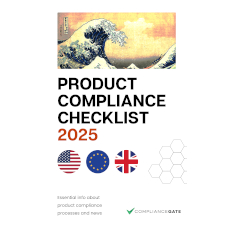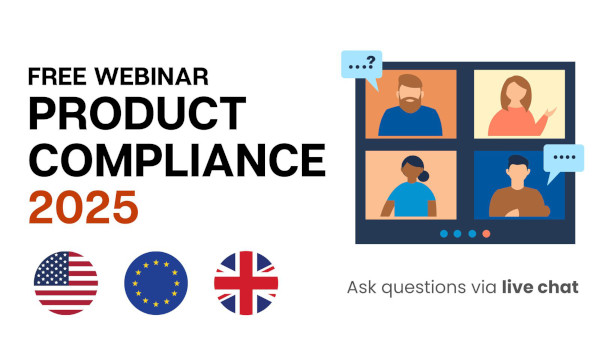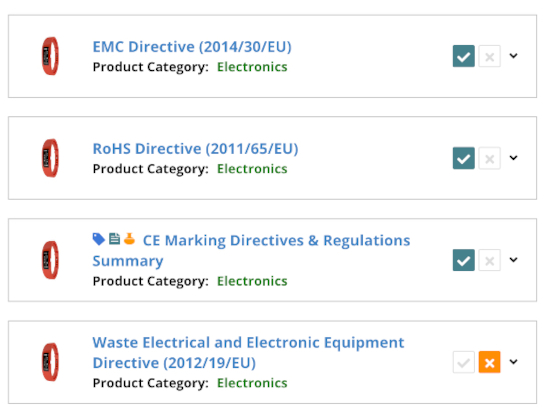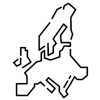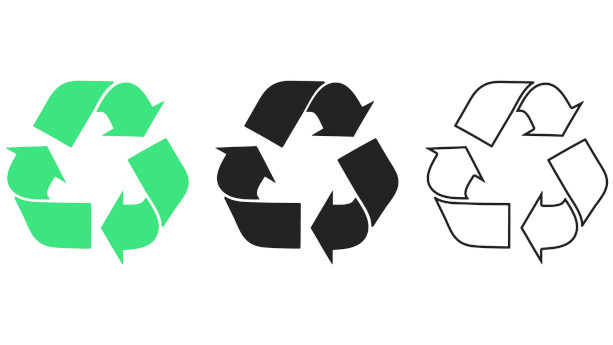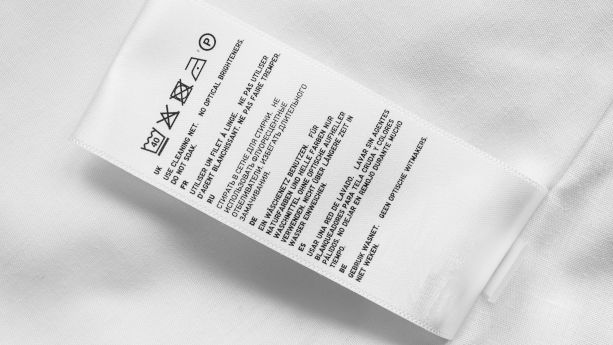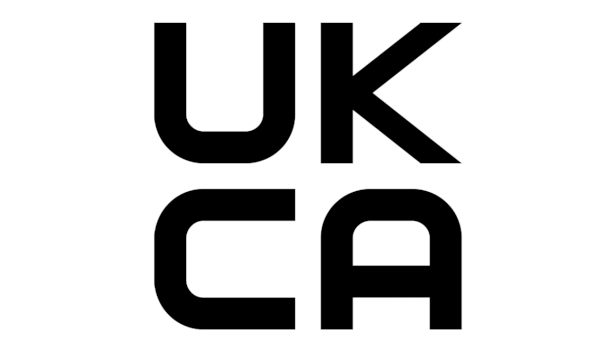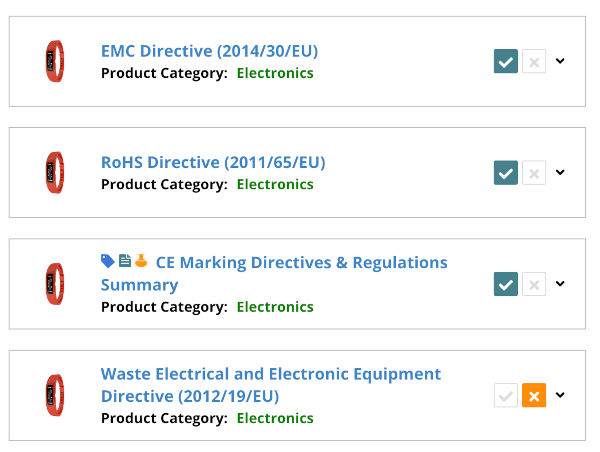
The General Product Safety Regulations 2005 requires that products are safe for use before they are sold to consumers in the United Kingdom. To achieve this, companies must ensure that their products meet certain safety standards and are correctly labelled, documented, and tested.
In this guide, we take a closer look at the General Product Safety Regulations 2005 and how it practically impacts companies selling consumer products in the United Kingdom.
Note that this guide only covers the General Product Safety Regulations 2005 in the UK, which is based on the EU GPSD. This is not to be confused with the more recent EU GPSR from 2024.
Note: This article does not cover requirements for Northern Ireland, which is generally aligned with EU product safety requirements.
Continue reading UK General Product Safety Regulations 2005: An Overview


